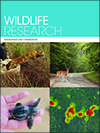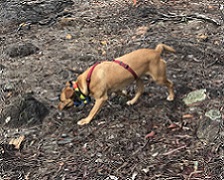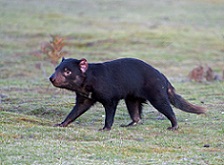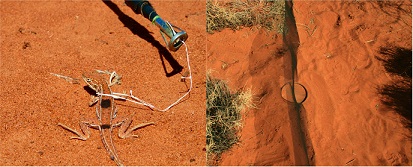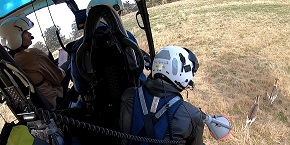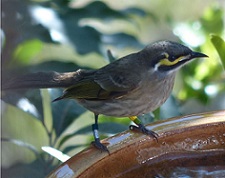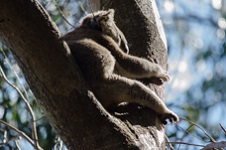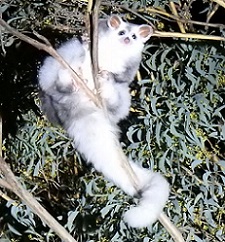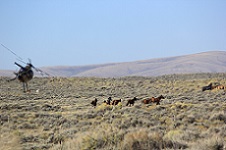
Mustering (gathering) feral horses often leads to mortalities, yet cause-specific mortality details are lacking. We analysed 393 individual horse mortality reports from 50 US musters across seven US states for 92 cause-specific mortality terms (classified as anatomical, causal or conditional) and demographic details (age, sex, and body condition). These results provide practical insight for potential cause-specific mortalities relative to demographics and muster techniques. Photograph by John Derek Scasta.


